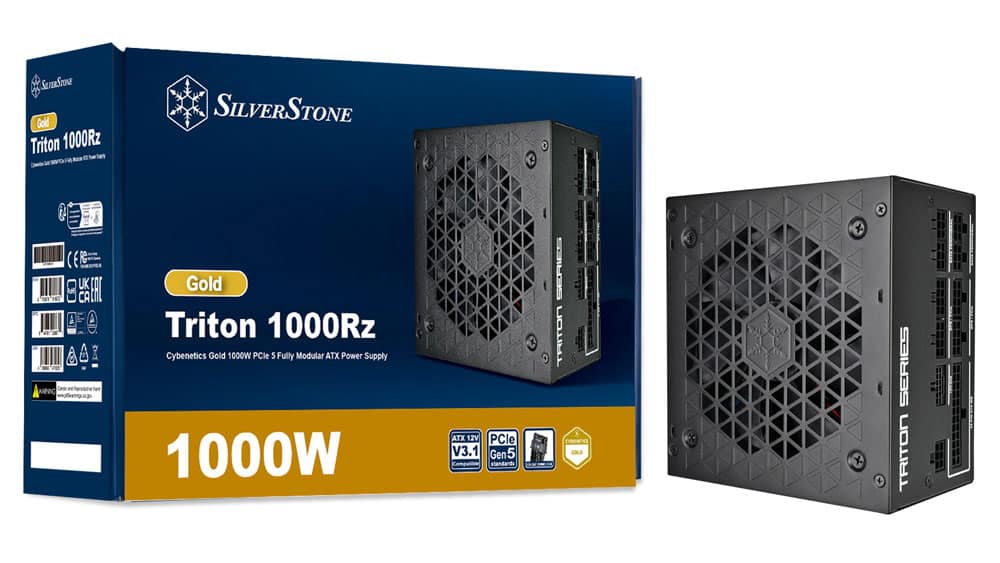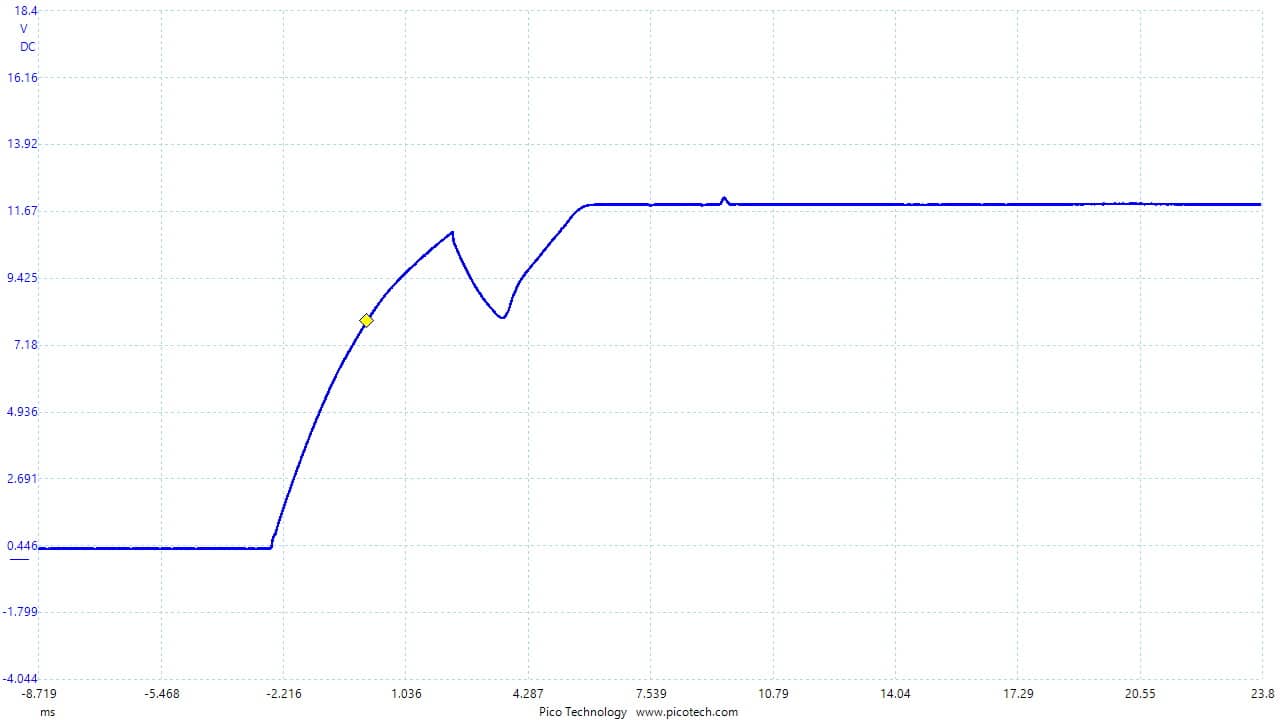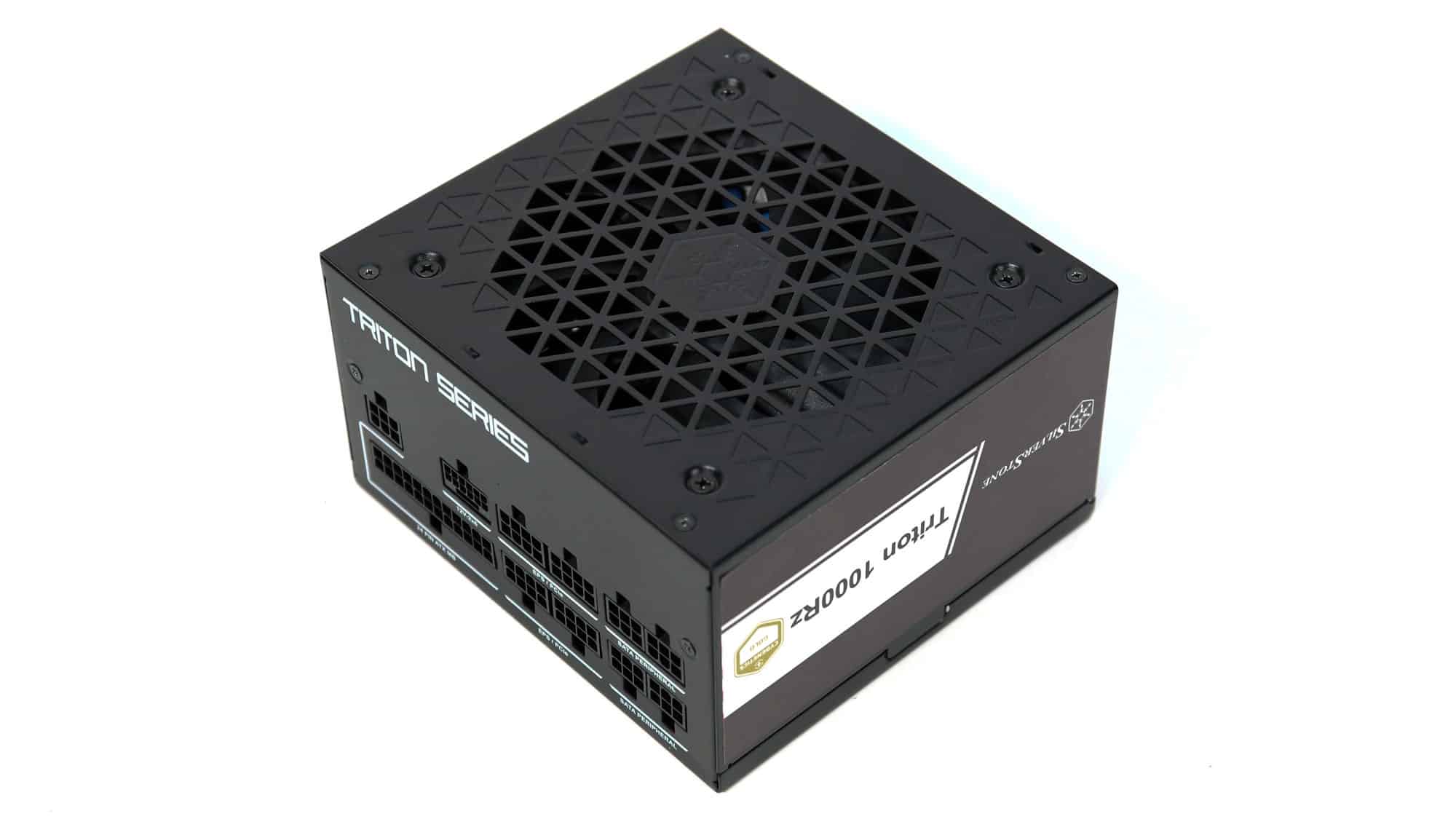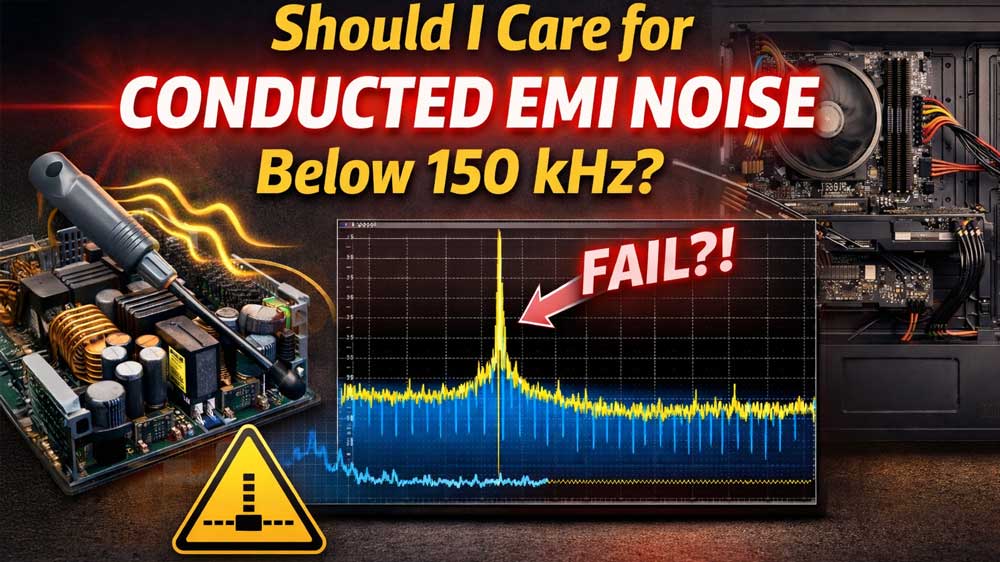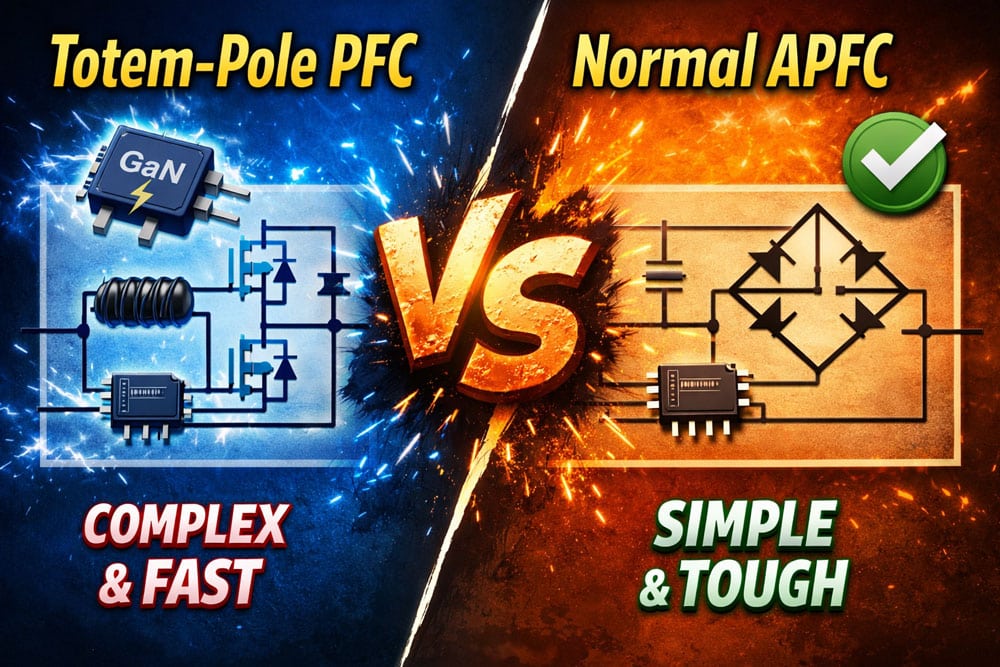Epilogue
The SilverStone Triton 1000Rz uses a lower-cost CWT platform (GPX) offering tight enough load regulation at 12V and 5V, decent ripple suppression on the same rails, good enough transient response at 12V, and low inrush currents. Efficiency-wise, although the unit meets the Cybenetics Gold criteria, compared to similar-priced offerings, it doesn’t do so well, especially at light and super-light loads. Moreover, the APFC converter needs fixing to provide higher PF readings, as the readings I obtained from this platform were low. Lastly, the 5VSB circuit needs an urgent upgrade to meet today’s efficiency requirements.
The protection features are mostly correctly set, with some tuning required on the minor rails at 5VSB under high operating temperatures. It would be nice also to see a fan-failure protection feature in this platform. And to what matters the most to gamers, this platform can deliver 200% of its maximum power, making it compatible with the corresponding ATX v3.1 and PCIe CEM 5.1 requirements for transient loads. Although I haven’t found a GPU with close to 2000W transient loads (peak) so far, it’s impossible to predict what future GPU generations will require. Therefore, it is better to have a future-proof PSU.
Another thing I noticed was a considerable voltage drop at the 12V rail during the turn-on transient test, from the PSU being off (through its main switch) to full load. The platform cannot cope with the scenario where the PSU is switched off from its main switch and then suddenly switched on with a full load applied, resulting in a high voltage drop at 12V. This should not be the case, and the ATX spec explicitly mentions that the 12V rail must ramp up smoothly under such load scenarios.
- SilverStone Triton 1000Rz ATX v3.1 PSU Review
- SilverStone Triton 850Rz ATX v3.1 PSU Review
- SilverStone Triton 750Rz ATX v3.1 PSU Review
- SilverStone Triton 650Rz ATX v3.1 PSU Review
All in all, the SilverStone Triton 1000Rz doesn’t offer competitive overall performance, and its $190 price tag doesn’t help either. This specific platform cannot compete against more modern designs, so SilverStone will have to drop the price notably to make the Triton 1000Rz more competitive. Stay tuned for the reviews of the rest members of the family.
Before investing in a new power supply, read my article on the Best ATX v3.x PSUs to compare all alternative PSU offerings. You help me a lot by using my affiliate links, which don’t increase the price of the product. I receive a commission from Amazon every time you do it, which can make a significant difference for me, especially now that I am working independently, exclusively for my media, rather than for someone else.
- Delivered full power at 47°C
- ATX v3.1 and PCIe CEM 5.1 compliant
- Properly set OCP at 12V and OPP
- High-quality bulk and filtering capacitors
- Good transient response at 12V (normal loads)
- Within 1% load regulation at 12V and 5V
- Decent ripple suppression at 12V and 5V
- Low inrush currents
- Alternative Low Power Mode (ALPM) compatible
- Quality, fluid dynamic bearing fan
- 12+4-pin PCIe connector set at 600W
- Low overall performance
- Noisy at high loads (>650W)
- Minor rails and 5VSB OCP need adjustments
- Low efficiency at light and super-light loads
- Low PF readings
- Voltage drop during “PSU Off to Full Load” turn-on transient test
- Lower than 17ms hold-up time
- Relatively loose load regulation at 3.3V
- Increased ripple at 3.3V
- Low efficiency at 5VSB
- >0.1W vampire power consumption at 230V
- Mediocre soldering quality
- No fan failure protection
